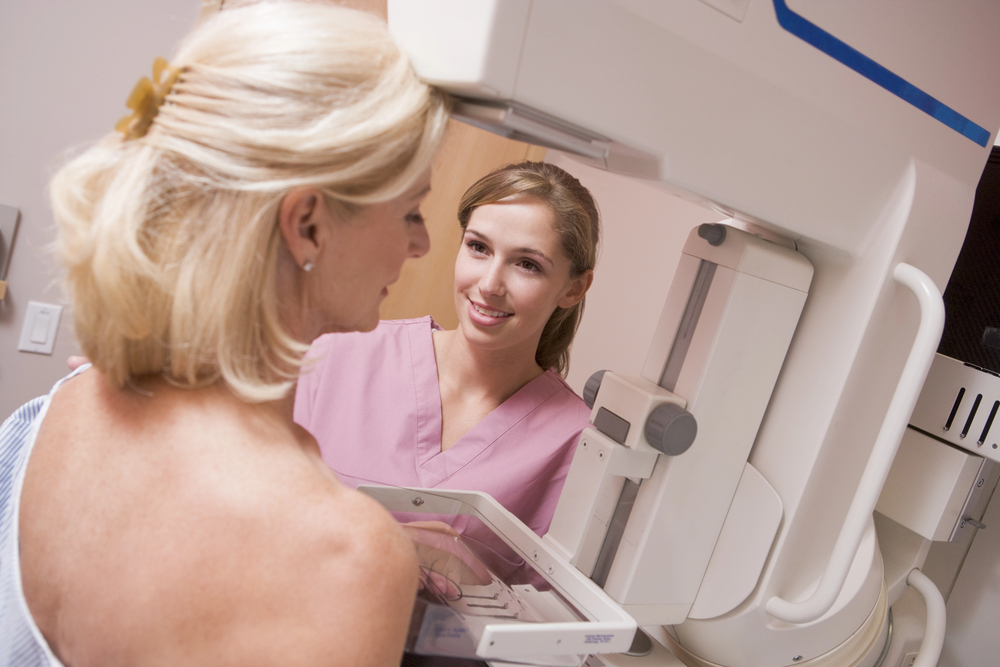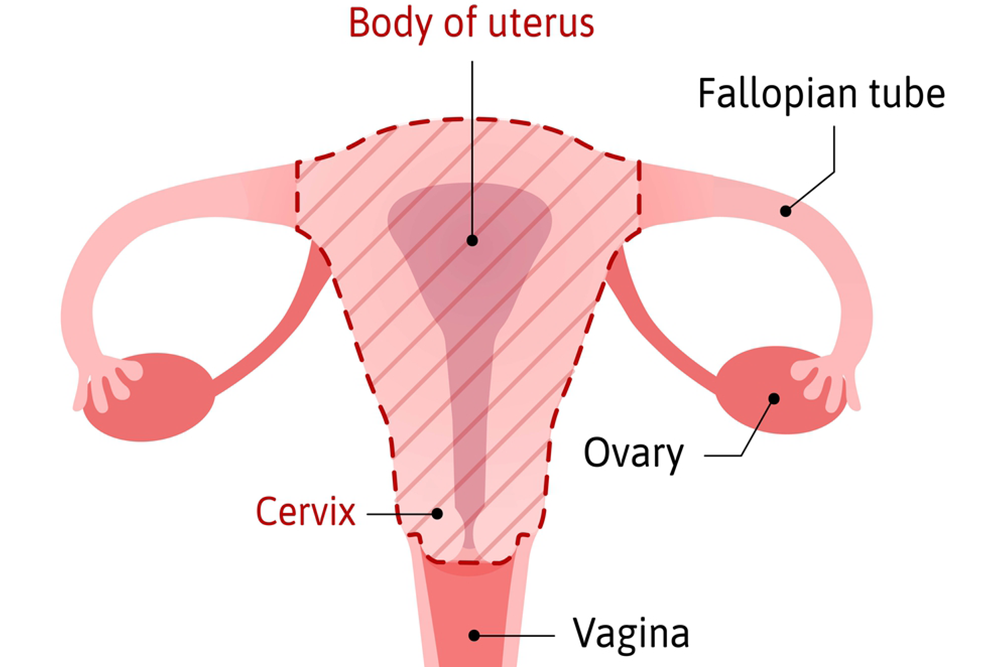
Understanding Your Mammogram Results
Interpreting mammogram results can be an emotional and confusing process for many women. These results...
Read MoreFor many — if not most — adult women, yearly breast cancer screenings are the norm. Traditionally, mammograms offer a two-dimensional image that depicts the top and the side of each breast. But a newer, more innovative version of the long-standing mammogram offers a sharper image and fewer false positives — thus more peace of mind for you.
The Women’s Center of Central Florida is proud to offer 3D mammograms to our patients. Take a moment to learn the difference between a 3D and a standard mammogram, who should get a 3D mammogram, and how often you should get screened for breast cancer.
A 3D mammogram, as the name implies, creates a 3D image of your breast. It uses a technology called digital tomosynthesis, a type of X-ray imaging. The 3D mammogram machine sends X-ray signals through your breast tissue from numerous angles, as opposed to the standard mammogram that sends signals through just two angles.
Once the 3D mammogram machine completes the X-ray, it compiles all of the separate images into one 3D impression. This result is a clear, complete, detailed depiction of your breast that your Women’s Center provider can use to detect any abnormalities, such as cysts, cancerous growths, or other potential complications.
There are clear benefits to 3D mammography: It helps doctors visualize your breast tissue more clearly, thus helping them detect cancers more easily (and earlier). Experts say that 3D mammograms can help them catch more cancers, better see the size of cancers, and reduce the chance they’ll detect a false positive.
The 3D imaging is especially helpful for women who have very dense breast tissue, as the standard 2D image from basic mammograms doesn’t allow doctors to see deep into the breast tissue.
If you’re worried that more X-rays means more radiation, don’t fret — 3D mammograms aren’t associated with any more risks than standard mammograms, and the level of X-ray radiation is the same.
The frequency at which you should get mammograms depends on your age, medical history, family history of breast cancer, and personal preferences. Generally, experts recommend that women begin getting screened for breast cancer at age 40, as mammograms can detect early signs of breast cancer in women who are in their 40s. Some research has shown that getting mammograms between the ages of 40 and 50 can reduce breast cancer deaths by up to 29 percent.
It’s usually up to you and your doctor to decide how often you should get a mammogram, but the general recommendation is once per year for women ages 40 to 54, and every two years after that.
To learn more about 3D mammograms, schedule an appointment with one of our providers — we have Women’s Center locations all around Central Florida for the convenience of our patients. Call one of our locations or book an appointment online.




Interpreting mammogram results can be an emotional and confusing process for many women. These results...
Read More
Hysterectomy, a surgical procedure involving the removal of the uterus, is often considered a last...
Read More
Menopause marks a significant transition in a woman's life, bringing about various changes that can...
Read More